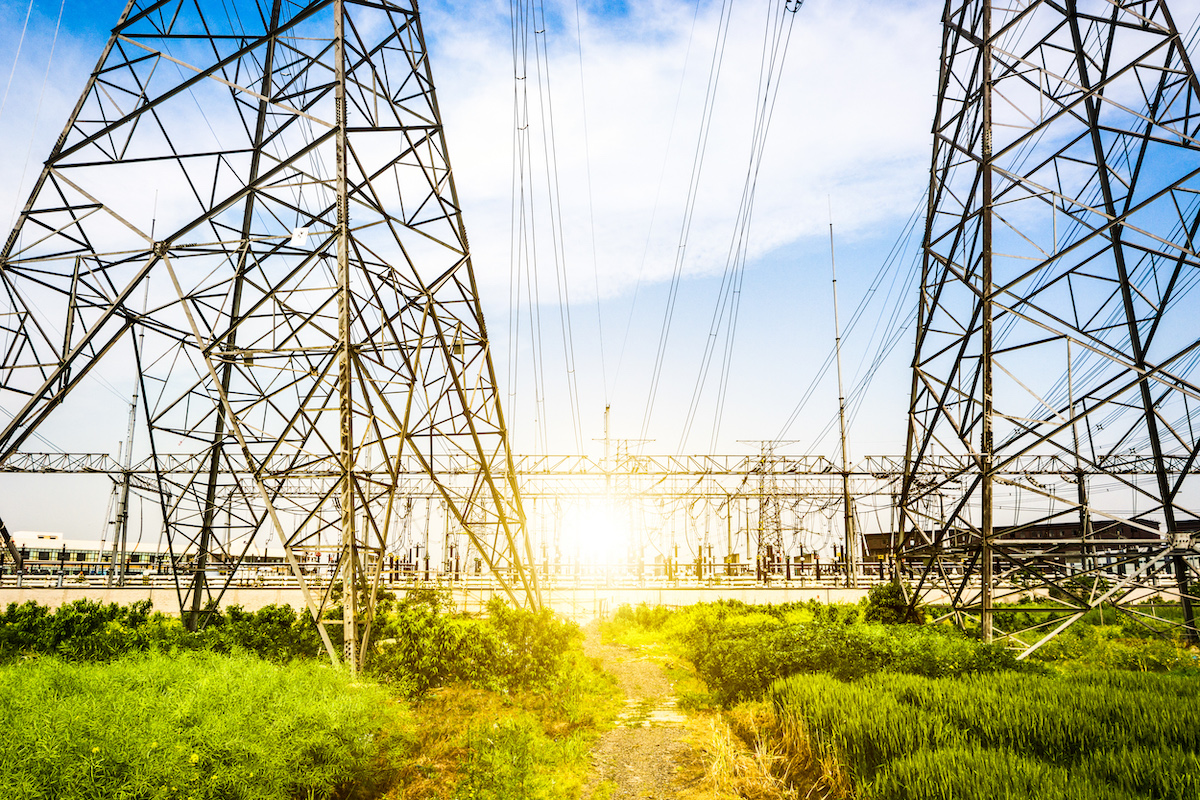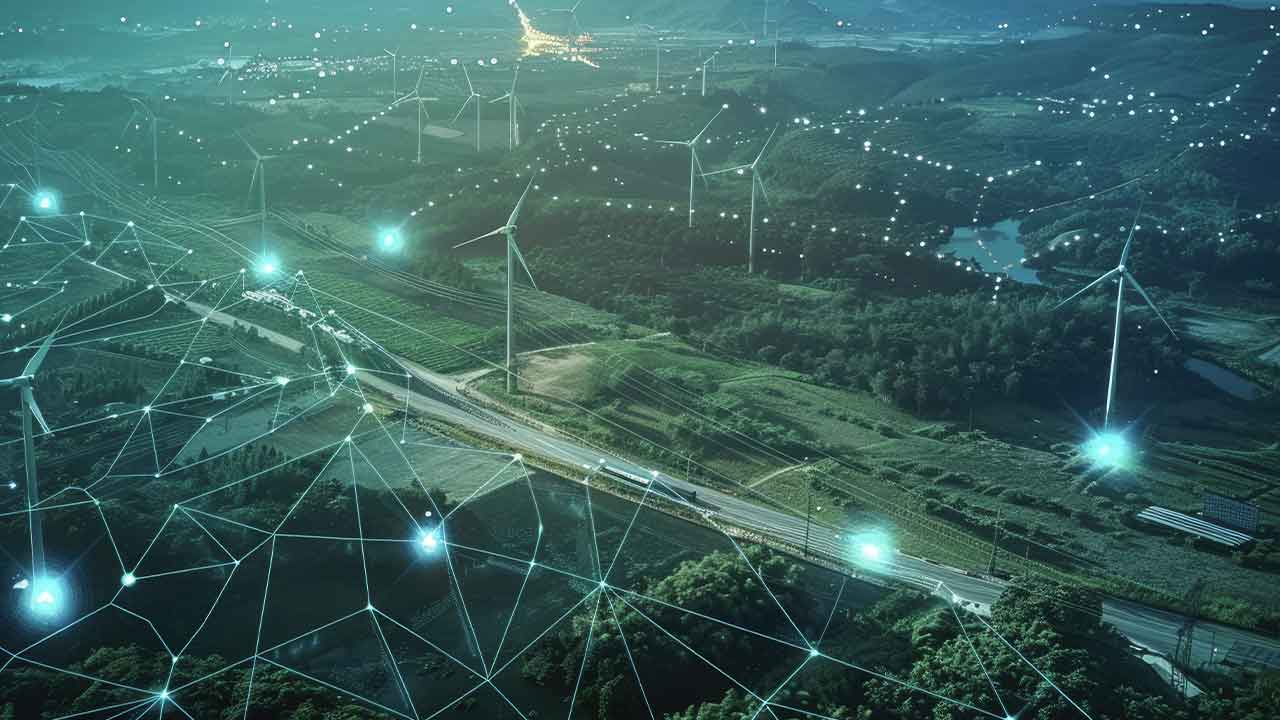The power of combining data for utilities
Where and when should a utility trim vegetation near power lines to best reduce the risk of wildfires? When is the most cost-effective time to take a wind turbine out of service for general maintenance? How can customers be convinced to charge their electric vehicle or consume energy at off-peak times that relieve pressure from the power grid? As power companies face such complex issues, the answers to these questions and the big question of providing a power-hungry world with greener energy, is requiring the industry to turn its massive stores of data into insights.
Advantages of IoT in Utilities
Utilities collect data from an enormous number of sources. It streams in from smart meters in customers’ homes. It comes from drones that capture images of hundreds of miles of power lines, satellites monitoring changing weather patterns, and external providers tracking the changing demographics of a neighborhood or region.
Capturing mounds of data has never been an issue for utilities; making sense of that data is a longstanding challenge. Today, utilities are embracing emerging technology to merge their data and gain deep insights that will fuel the future power network.
Power of Combining Data
Some 75% of utilities are using advanced analytics, and 61% of those that are using the technology are developing improvements for the systems. According to a Capgemini study, the top-ranked technologies that energy and utility companies are investing in are a combination of digital technologies like IoT, automation, data analytics, hydrogen and storage technologies, and electrification, as well as artificial intelligence and machine learning (AI and ML).
Hitachi has a $10 billion presence in energy markets around the world. We have a laser focus on helping utilities gain a holistic view that blends data about consumer usage and patterns with historical and predictive data about infrastructure and environmental factors, to create insights that will help utilities reliably meet demand. More about AI in Energy Management.
Combining data for utilities
A Harvard Business Review study found that utilities fully appreciate the importance of merging data to gain the insights they need. When utilities were asked what projects they were likely to invest in over the next two years to improve the customer experience, 52.1% said: integrating customer data with other systems like ERP. This was the second highest choice after digital (online and mobile) transactions.
Combining data and information from smart meters in customer homes, electric charging ports, customer relationship management (CRM) systems, and financial transactions can bring compelling insights. Utilities need to understand consumption patterns and other matter so they can get proactively out in front of what customers want. This data can be used to develop special billing plans, which encourage customers to use power at nonpeak times, reducing the need for utilities to build out more costly infrastructure.
Read the full article here.
About the author
 This article was written by Shamik Mehta, Director of Industry Solutions Marketing at Hitachi Vantara. Digital Transformation marketing professional with deep, hands-on experience in IT and OT: software for DataOps, governance and security, cloud and on-prem data storage, and AI and ML-based IoT applications. Vertical industry experiences include eMobility, Renewable Energy, Manufacturing, EVs and batteries, and semiconductors.
This article was written by Shamik Mehta, Director of Industry Solutions Marketing at Hitachi Vantara. Digital Transformation marketing professional with deep, hands-on experience in IT and OT: software for DataOps, governance and security, cloud and on-prem data storage, and AI and ML-based IoT applications. Vertical industry experiences include eMobility, Renewable Energy, Manufacturing, EVs and batteries, and semiconductors.



